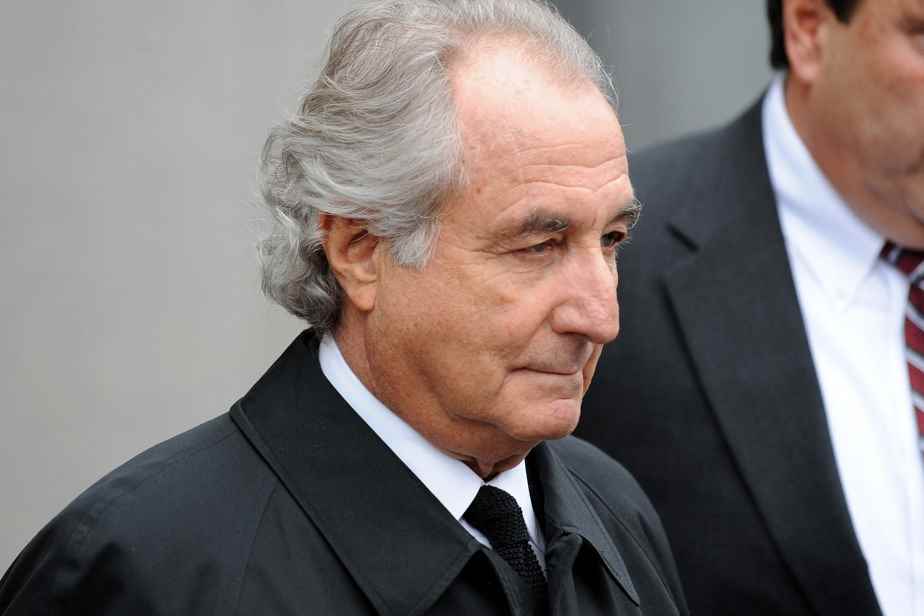I had time over the weekend to watch the new docuseries Madoff: the monster of financeon Netflix, and I was not disappointed.
For finance lovers, this four-part series is a bit like a cross between The White Lotus and an Excel file: we know that the figures do not arrive and that it ends badly, but we cannot look away. Especially since we are not talking about fiction here, but about real lives that have been shattered by lies.
The glue that has held all the pieces of fraud together for so long is reputation and respect for hierarchy – in short, human nature – which ensures that frauds of this nature will continue to occur.
Biggest Ponzi
If you are not familiar with this case, Bernie Madoff was the Wall Street financier at the head of the largest Ponzi scheme in history. He claimed to invest his clients’ money, but didn’t invest anything at all, he spent the money or used it to pay former investors, while sending fake statements for over 20 years.
His thousands of clients believed he had $64 billion under management with his firm. The whole business fell apart during the stock market crash of 2008, when panicked customers wanted their money back and Madoff lacked the funds to pay them. Investigators realized that the single bank account used by Madoff to orchestrate his crime contained only 300 million.
Among his victims were Holocaust survivors, some of his childhood friends, widows, small savers who had entrusted him with life savings, but also pension plans, charities, institutions teaching…
“When a blue-collar crime is committed, the bodies fall and then the investigation begins, but with white-collar crimes, it’s the opposite: the investigation begins and the bodies then fall,” says a speaker in the documentary, in reference to numerous deaths and suicides that followed the revelation of the fraud, including that of one of Madoff’s sons.
On Wall Street, Madoff was best known as one of the founders of the NASDAQ electronic stock market. His firm, Bernard L. Madoff Investment Securities LLC, also facilitated electronic transactions between the various players in New York finance, and legitimately brought him millions of dollars a year. His reputation was so great that Madoff was invited to serve on Senate committees in Washington on finance-related issues.
Attractive returns
It was in parallel with this brilliant career that Madoff took care of the money of clients, who almost fought to entrust him with their dollars. For what ? Madoff’s name, of course, reassured investors. But his real secret weapon was the nature of his yields.
Madoff claimed to grow his clients’ money at a rate of about 1% per month, rain or shine.
In itself, 12% per year is not exceptional: the S&P 500 index, which includes the 500 largest publicly traded companies in the United States, has offered historic returns of around 11% per year for the years 1920.
But such returns come with intense falls: in 1987, for example, the S&P 500 fell 20% in a single day. In 2008, the S&P 500 lost half its value in six months. In 2020, at the start of COVID-19, the index fell sharply by 34%. Very few investors are able to experience such falls without reacting.
With Madoff, returns were similar to those of the S&P 500, but without the volatility investors so hate. The combination was irresistible.
This is one of the lessons of the Madoff affair: when offered cryptocurrencies or other speculative investments, we are skeptical – with good reason. But you also have to have the same attitude when the returns are too good to be true, even if they don’t have that “spectacular” aspect of risky investments.
An SEC in denial
Madoff’s story is also that of the Securities and Exchange Commission (SEC), the US financial market regulator. Indeed, as early as the early 2000s, a financial analyst named Harry Markopolos calculated that Madoff’s returns were impossible. Markopolos provided detailed demonstrations to the SEC, but the latter never seriously investigated Madoff.
We may never know why, but the documentary suggests that Madoff’s impeccable reputation and the power wielded on Wall Street were enough to keep the authorities off the hook. After all, Madoff was tipped to become the next commissioner of the SEC. Were the investigators really going to spend their time bothering him?
If it did not stop the fraud, the government nevertheless managed to recover 18 billion thanks to the efforts of the American Department of Justice, in particular from former Madoff investors, to return them to those defrauded.
Bernie Madoff died of kidney disease in prison in 2021 at the age of 82, while serving a 150-year sentence.
In any tragic story, it’s often the unimportant details that are the most telling. The documentary tells us that the urn containing the ashes of Bernie Madoff’s body has not been claimed by his family and, for lack of takers, it is still in the possession of his former lawyers.
Hard to find a more striking image to symbolize the complete destruction of a man whose name evoked competence.
The question of the week
Have you ever lost money in a fraud?
